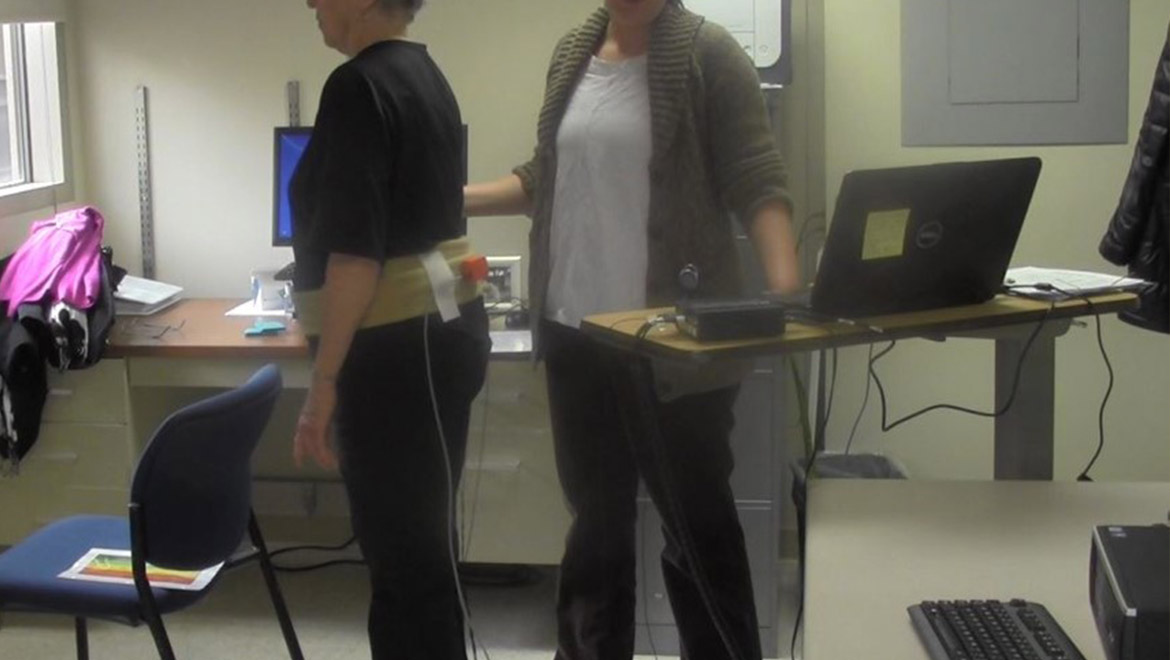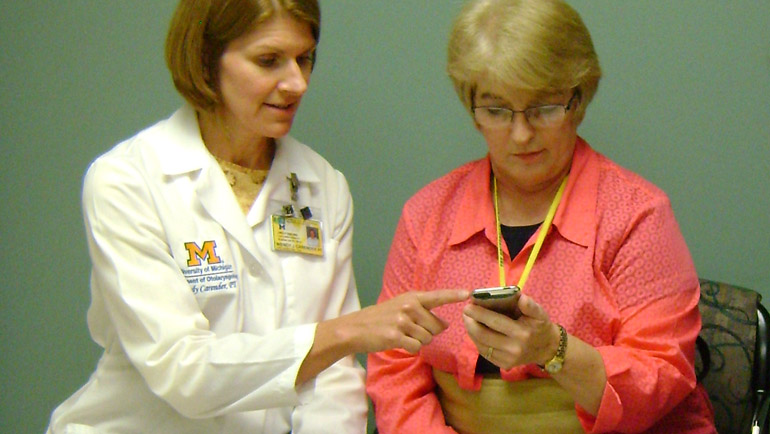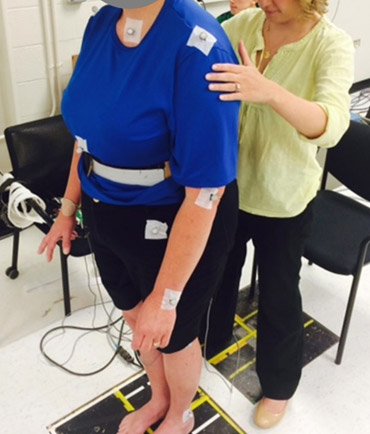Sensory augmentation (SA) provides additional information to complement intact sensory systems and/or replace damaged sensory systems. Vibrotactile SA systems for balance applications typically include one sensor to measure body motion and a vibrotactile display to provide instructional cues. The use of vibrotactile SA has been demonstrated to be effective in reducing the real-time body sway in various populations including young adults, older adults, individuals with vestibular disorders, individuals with Parkinson’s Disease and individuals with Stroke. However, to be used as a balance rehabilitation tool it is critical to understand if balance improvements persist after long-term training with vibrotactile SA. In our research, we specifically investigate 1) whether vibrotactile SA can be incorporated into vestibular rehabilitation to enhance the effectiveness in a clinical setting among individuals with vestibular disorders; 2) whether home-based balance training with vibrotactile SA leads to a greater balance improvement than home-based training alone among healthy community dwelling older adults and the retention effects over weeks and months post training; 3) whether home-based balance training with vibrotactile SA can help individuals with cerebellar ataxia to improve balance performance and functional outcome measures of ataxia.





University of Michigan Pepper Center (NIH RCDC/KL2 2P30AG024824-11)
Michigan Brain Initiative Working Group
Beck Babcox Research Fund
Rackham Graduate Student Research Grant
Wendy Carender
Geeta Peethambaran
Sue Whitney
Dr. Vikram Shakkottai
Rachael Seidler
Mohammed Kabeto